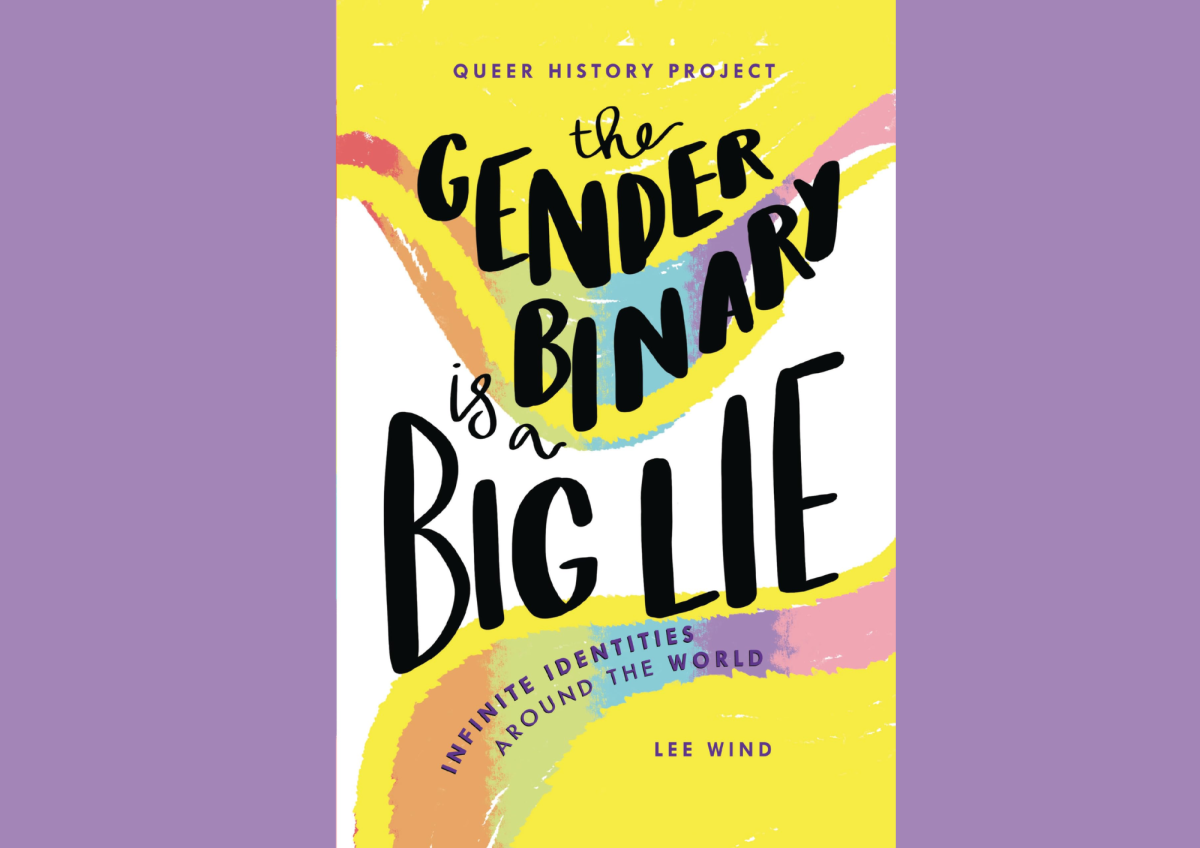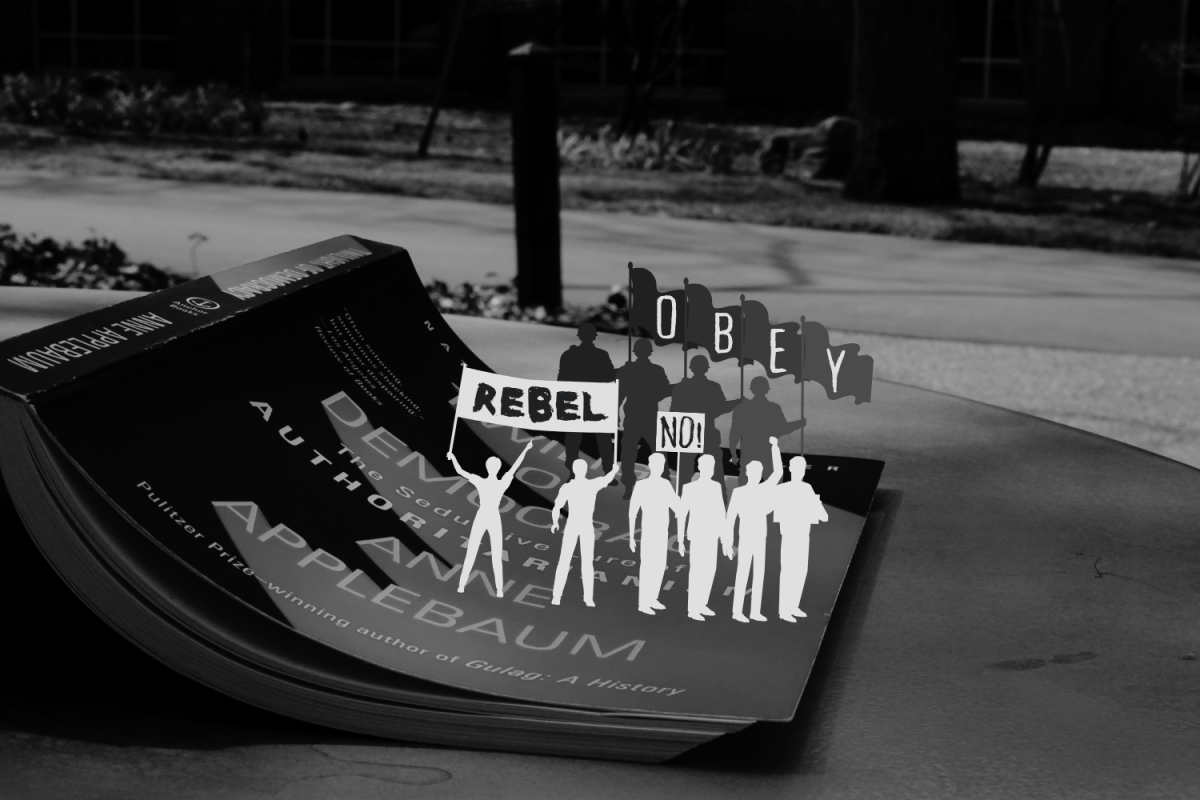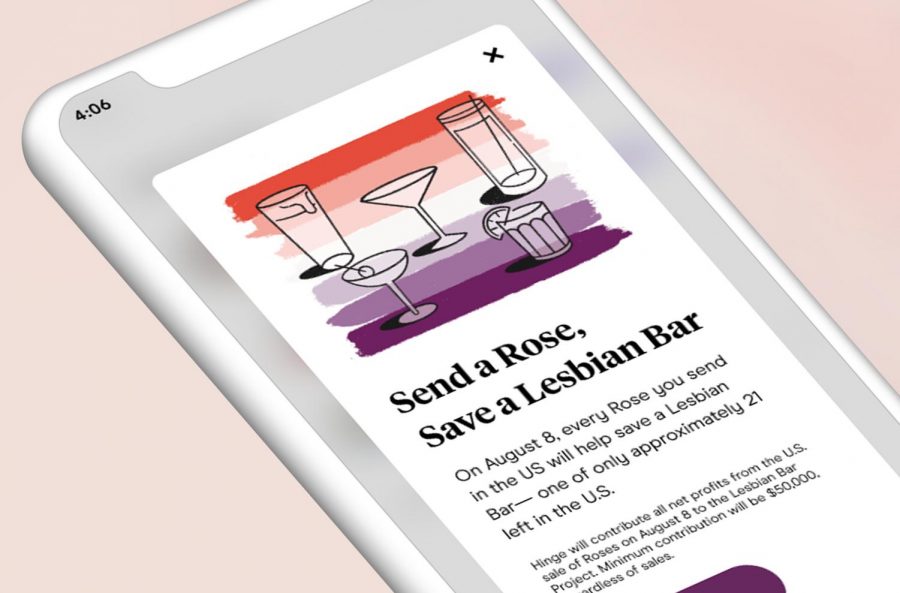In the wake of the new administration, President Donald Trump signed a number of executive orders targeting members of the LGBTQIA+ community, disproportionately impacting transgender and gender non-conforming individuals. Rights acquired with decades-long arduous advocacy, civil disobedience — and in many instances bloodbaths — are now being revoked with the stroke of a pen. The voices of the queer and gay communities are being silenced and their experiences erased. Although many of us might feel disheartened and defenseless, I am a firm believer that education can be a remedy to this pain. Lee Wind’s “The Gender Binary Is a Big Lie: Infinite Identities Around the World” is a book that fights the dehumanization of nonbinary and transgender people.
Growing up closeted without any LGBTQIA+ role models to look up to, Wind developed a passion for bringing to light millennia of queer history. As a blogger, writer and award-winning author, “The Gender Binary Is a Big Lie: Infinite Identities Around the World” is the second book in his Queer History Project, a series of nonfiction books that delve into LGBTQIA+ history by examining primary sources to uncover and celebrate the lives, loves and identities of historical figures worldwide.
In an effort to challenge traditional narratives and highlight the diverse, often overlooked contributions of queer individuals throughout history, Wind wrote his book in digestible language, blending historical facts with personal experiences and defining concepts that might be unfamiliar to readers. Terms like gender identity, gender expression, gender spectrum and sexual orientation can be buzzwords that get meshed together in our minds, yet they are not synonymous. If you are interested in delineating these terms and exploring gender diversity around the world, “The Gender Binary Is a Big Lie: Infinite Identities Around the World” is a great place to start your learning journey.
Considering the book’s target audience is adolescents, Wind offers definitions for terms like patriarchy, misogyny, gender binary and more — concepts that, as a college student and a gender and sexuality studies minor, I found somewhat redundant. Nonetheless, I gained valuable insights into the manifestations of gender identity and diversity in various non-Western cultures, including but not limited to the brotherboys and sistergirls of Aboriginal peoples in Australia, the Māhū of Hawaii and Tahiti, the various Hijras in south Asia and the self-combed women of China. The book serves as a powerful reminder that centuries of colonization and assimilation have constructed a binary culture of compulsory heterosexuality, erasing practices and communities that once celebrated gender diversity.
Although the book offers a comprehensive history of gender-nonconforming and transgender people around the globe, I couldn’t help but notice that there is an extensive focus on people born with what we classify as male genitalia. Wind briefly acknowledges the lack of information on those born with female bodies who chose to express their identity in a masculine way and assume masculine roles in society.
He explains, “So it’s unclear if niborawena [a term for people with female bodies who live masculine identities] was or is an identity that is less claimed, less recorded, or less tolerated through the colonial and patriarchal lens of historians and encroaching Western culture.”
Despite the explanation, I was put off when I realized that a book dedicated to exploring gender diversity still holds a male bias.
Another limitation of the book is that Wind dedicates only three pages to the biology of sex, glossing over the fact that biological sex itself is a socially constructed concept — a subject worthy of at least a full chapter. In light of recent policies, such as Executive Order 14168, which narrowly defines sex as an individual’s immutable biological classification as either male or female, there is an urgent need to deconstruct the myth of biological sex. “Sex” is not a synonym for and does not include the concept of gender identity. Although biological differences do exist, the ways we understand, categorize and value those differences are often socially constructed and subject to cultural, historical and political forces. This is why many people argue that biological sex, much like gender, is influenced by social constructs.
My final critique of the book is that, in his attempt to explore the expansive nature of gender diversity, Wind shifts his lens to the animal kingdom. In the chapter ‘Good Stuff to Know,’ he interchangeably uses the terms gender and sex — which, as I’ve previously established, is incorrect — to describe the mating patterns of fish and insects. Furthermore, I was disappointed to read that an author who challenges gender and binary norms would describe large “male” sunfish as aggressive. This not only projects human gender biases onto non-human species but also perpetuates the harmful notion that aggression is inherently linked to masculinity.
Overall, “The Gender Binary Is a Big Lie: Infinite Identities Around the World” serves as a solid crash course on gender diversity. Amid the ongoing and escalating attacks on LGBTQIA+ rights, it is more important than ever to educate ourselves on the overlooked histories and contributions of transgender and gender non-conforming individuals. Ignorance isn’t bliss — it perpetuates the very problems we need to dismantle.










